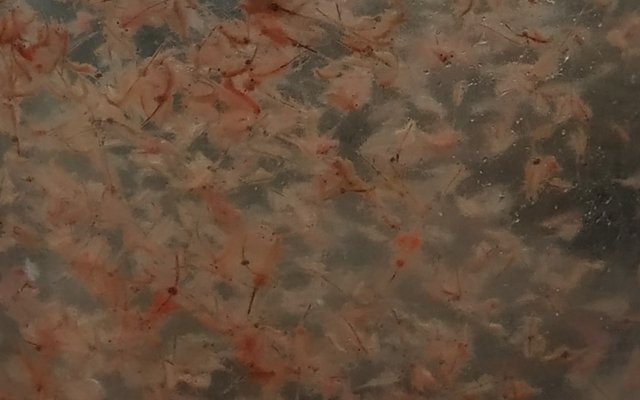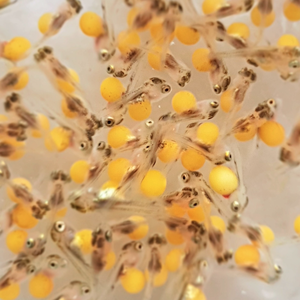Artemia is a highly required, convenient and cost‐effective live food used in fish and shellfish larviculture. Its cysts, originating from a limited number of inland salt lakes, are traded worldwide. Over the past decades, Artemia pond production in solar saltworks, integrated with salt production, has emerged as an alternative to cope with possible cyst shortages and high prices on the international market and as a tool to fulfill local cyst and Artemia biomass demands associated with local and regional aquaculture developments.
This article reviews the principles of Artemia pond production and how it is practiced in terms of general management. It also describes the distinctive features that have evolved in various countries, due to geographical, environmental and socio‐economic characteristics and the local aquaculture context. It highlights the lessons that may be learnt from previous successes and failures for new areas where the technique may be introduced. It includes 3 case studies, China, Thailand and Vietnam.
The principles of Artemia pond production are also discussed in the light of global and local Artemia biodiversity, as its protection is key to support the sustainability of the aquaculture industry. Future research and development should focus on continued proper management to secure cyst production and to maximize cyst quantities. Moreover, using the information provided by the Artemia genome will allow as well to strive for improved cyst quality, by producing strains with specific market characteristics.
Read the review here.













